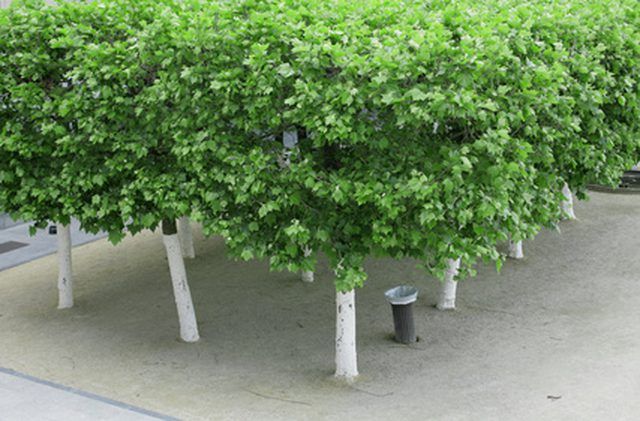Bulbs
Flower Basics
Flower Beds & Specialty Gardens
Flower Garden
Garden Furniture
Garden Gnomes
Garden Seeds
Garden Sheds
Garden Statues
Garden Tools & Supplies
Gardening Basics
Green & Organic
Groundcovers & Vines
Growing Annuals
Growing Basil
Growing Beans
Growing Berries
Growing Blueberries
Growing Cactus
Growing Corn
Growing Cotton
Growing Edibles
Growing Flowers
Growing Garlic
Growing Grapes
Growing Grass
Growing Herbs
Growing Jasmine
Growing Mint
Growing Mushrooms
Orchids
Growing Peanuts
Growing Perennials
Growing Plants
Growing Rosemary
Growing Roses
Growing Strawberries
Growing Sunflowers
Growing Thyme
Growing Tomatoes
Growing Tulips
Growing Vegetables
Herb Basics
Herb Garden
Indoor Growing
Landscaping Basics
Landscaping Patios
Landscaping Plants
Landscaping Shrubs
Landscaping Trees
Landscaping Walks & Pathways
Lawn Basics
Lawn Maintenance
Lawn Mowers
Lawn Ornaments
Lawn Planting
Lawn Tools
Outdoor Growing
Overall Landscape Planning
Pests, Weeds & Problems
Plant Basics
Rock Garden
Rose Garden
Shrubs
Soil
Specialty Gardens
Trees
Vegetable Garden
Yard Maintenance
Iron Fertilizer for Trees
Iron Fertilizer for Trees. All plants need a balance of nutrients in the soil. Without these nutrients, they will fail to thrive and possibly die. While the amount of iron found in the soil is usually adequate, trees of all types occasionally develop iron deficiencies. Known as "iron chlorosis," this condition can be addressed with...

All plants need a balance of nutrients in the soil. Without these nutrients, they will fail to thrive and possibly die. While the amount of iron found in the soil is usually adequate, trees of all types occasionally develop iron deficiencies. Known as "iron chlorosis," this condition can be addressed with fertilization and pH adjustment of the soil.
Identification of Iron Chlorosis
Iron deficiency can be fairly easy to diagnose. It turns leaves yellow or yellowish-green, with bright green veins. In extreme conditions, the leaves can turn white. At first, it may affect only one part of the tree, but if not addressed, it can spread yearly until the entire tree is affected. If the condition is less serious, then a tree might show symptoms of chlorosis one year, but not the next.
Considerations
Before fertilizing, check the pH of your soil. It's common that the soil will contain a good amount of iron, but that the high soil pH is inhibiting absorption. Also, watch out for overwatering, which causes symptoms of iron chlorosis. Using too much fertilizer can kill your trees, too. Pick slow-release or organic fertilizers for healthier trees.
Method: Foliar Sprays
The easiest way to fertilize your trees is to use a foliar spray. To make a foliar spray, purchase any commercially available fertilizer that contains iron chelates. Follow the manufacturer's instructions carefully to mix in the correct amount of water. Spray the mixture directly onto the affected leaves. You should notice results within a few days, but this is only a temporary correction. For more serious iron deficiencies, you should address the soil.
Method: Soil Incorporation
This fertilization method works more slowly, but the results are more lasting than leaf spraying. Calculate the area of your tree; you will need 2 to 3 lbs. of fertilizer per inch of trunk diameter. Dig small holes about 2 inches wide and 12 to 18 inches deep, every 2 feet along the perimeter of the tree's drip line (beneath its outermost branches). Holes should be angled toward the tree slightly and at least 3 feet from the trunk. Place fertilizer into each hole, fill in and water well.
Types of Fertilizers
The most immediately effective type of iron fertilizer is iron chelates. Chelates are most commonly used in foliar sprays, but can also be effective in the soil. They provide a supply of iron that is easily absorbed by a tree, regardless of soil pH. Iron sulfate and even sulfur are also commonly used to make soil more acidic, lowering pH and aiding in absorption. Iron sulfate is an effective fertilizer for soil incorporation.